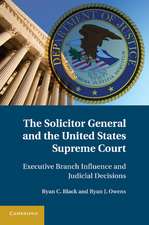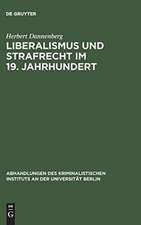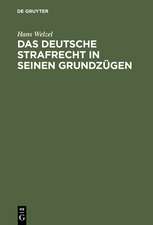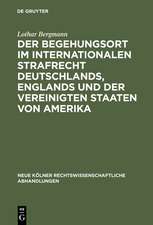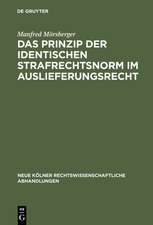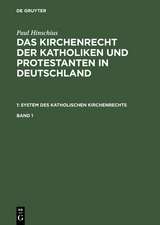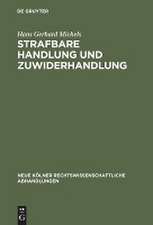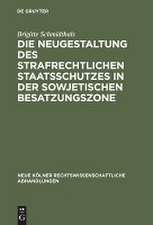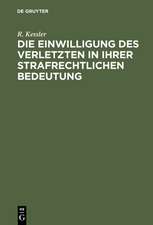Scamell and Gasztowicz on Land Covenants
Autor Steven Gasztowicz KCen Limba Engleză Hardback – 30 oct 2023
Preț: 1818.22 lei
Preț vechi: 2249.89 lei
-19% Nou
Puncte Express: 2727
Preț estimativ în valută:
347.96€ • 377.83$ • 292.28£
347.96€ • 377.83$ • 292.28£
Carte disponibilă
Livrare economică 02-16 aprilie
Preluare comenzi: 021 569.72.76
Specificații
ISBN-13: 9781526524447
ISBN-10: 1526524449
Pagini: 1168
Dimensiuni: 156 x 248 mm
Greutate: 2.03 kg
Ediția:3
Editura: Bloomsbury Publishing
Colecția Bloomsbury Professional
Locul publicării:London, United Kingdom
ISBN-10: 1526524449
Pagini: 1168
Dimensiuni: 156 x 248 mm
Greutate: 2.03 kg
Ediția:3
Editura: Bloomsbury Publishing
Colecția Bloomsbury Professional
Locul publicării:London, United Kingdom
Caracteristici
Cases where the 2nd edition has been cited by courts will be incorporated - eg Re O'Byrne's Application under Section 84 of the Law of Property Act 1925 [2018] UKUT 395(LC) - including decisions of Comonwealth courts - eg the New Zealand Supreme Court in Synlait Milk Limited v New Zealand Industrial Park Ltd [2020] NZSC 157
Notă biografică
Steven Gasztowicz KC specialises in property matters, town and country planning, public law, and commercial and other claims.
Cuprins
PrefaceTable of StatutesTable of Statutory InstrumentsTable of CasesIntroduction: Covenants generallyPart I Restrictive covenants1. Meaning of 'restrictive covenant' (including general consideration of requirements for transmissibility)2. The benefit of the restrictive covenant3. 1: Original covenantees4. 2: Covenant beneficiaries5. 3: Subsequent owners and occupiers of land benefited by the restrictive covenant as competent claimants: overview6. Subsequent owners and occupiers of benefited land where there is annexation7. Competent claimants express assignment8. Competent claimants: building schemes9. The running of the burden of restrictive covenants10. Restrictive covenants and public law11. The construction of restrictive covenants12. Restrictive covenants and competition law13. Remedies for breach of a restrictive covenant14. Freeing the title from unenforceable restrictive covenants15. Extinguishment, discharge and modification of restrictive covenants16. The modification and discharge of restrictive covenants and agreements by the Upper Tribunal (Lands Chamber) pursuant to section 84(1) of the Law of Property Act 192517. The scope of the Upper Tribunal's powers under section 84(1) of the Law of Property Act 192518. The four alternative grounds giving rise to the Upper Tribunal's powers19. The grounds giving rise to the Upper Tribunal's powers: paragraph (a)20. Section 84(1) of the Law of Property Act 1925: paragraph (aa)21. Section 84(1) of the Law of Property Act 1925: paragraph (b)22. Section 84(1) of the Law of Property Act 1925: paragraph (c)23. The power of the Upper Tribunal to award compensation24. Procedure on an application to the Upper Tribunal under section 84(1) of the Law of Property Act 1925Part II Positive covenants and negative covenants which are not restrictive covenants25. Meaning of 'positive covenants' and of 'negative covenants which are not restrictive covenants' and frequency of use26. Persons able to claim the benefit of positive covenants: (I) Original covenantees27. Persons able to claim the benefit of positive covenants: (II) Subsequent owners and occupiers of the benefited land28. The burden of positive covenants29. Methods of securing the indirect running of the burden of a positive covenant30. Remedies for breach of positive covenants31. Covenants and commonholdPart III Planning obligations relating to land32. Planning obligationsPart IV Reform33. Reform of the law relating to restrictive covenants: Law Commission proposals

